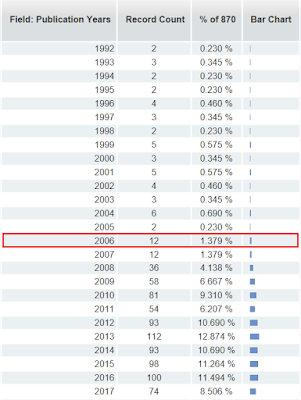Discussions regarding geoengineering are centred around stakeholders, scientists and academics (dominates the hyperlinks used in posts). Today's post focuses on the significance of other stakeholders from the public, policymakers as well as 'expert-knowledge' in making critical decisions about geoengineering (fig.1).
 |
| Fig.1 Quote from IAGP showing why stakeholders are important in geoengineering discussions (IAGP, 2014) |
Stakeholders
The ongoing debate on how scientists and academics communicate with the public, in a meaningful and engaging manner can be emphasised, through upstream engagement (an approach originally adopted during the development of nanotechnologies and GM crops). By opening a dialogue between 'expert-knowledge' and public views. Scientific bodies (ie. NERC, IAGP), argue that this allows us to 'democratise' decision-making around geoengineering technologies so that research can continue in a responsible manner.
Upstream engagement is illustrated by the UK government funded SPICE project, a real-world experiment assessing the feasibility of stratospheric aerosol release. The two-way dialogue indicated strong support for public consultation, going on to state that other stakeholders must be involved such as the media, to inform the public and encourage engagement, as well as local governments in decision making (pg.22).
IAGP (2014) engagement concluded:
- The public to favour CDR over SRM - as they become more aware of the pitfalls of solar methods.
- Though the public largely supported geoengineering, mitigation strategies like scaling-up of renewable technologies are prioritised by the public, NGOs and policymakers.
Considerations
However, this does not mean the public views are listened to, concerning research development or policies implemented (fig.2). For instance, the Solar Radiation Management Governance Initiative (SRGMI) adopted upstream engagement in developing nations in 2010. But, public views from these communities were reported to be insignificant (IAGP, 2014).
 |
| Fig.2 Screenshot from lessons for future practices of upstream engagement (NERC & Sciencewise, 2014) |
The overuse of the media in public engagement was cautioned by SPICE participants stating the risk of manipulation and even sensationalism of geoengineering. Which may have massive ramifications in geoengineering development because of 'fake news' (ie. Chemtrails conspiracy), or heavy backlash from NGOs like Greenpeace.
Policymakers also have a considerable role in geoengineering decisions. Simulations show that if SRM methods are implemented globally and interrupted (ie. terrorism/conflict), it would result in even more drastic warming than today. Present-day governance approaches to geoengineering do not address the following critical questions and are illustrated by the top-down governance of the Arctic (fig.3).
Who owns it?
Who will be responsible if things go wrong?
Who will profit from it?
 |
| Fig.3 Case study of how we could govern Arctic geoengineering (blue) existing Arctic Council (green) new international organisation based on Keith et al. (2010) and critiqued and sourced from Parthasarathy et al. (2010) |
Conclusions
Including public, NGOs and policymaker views into decision-making about emerging geoengineering technologies are important, ensuring development occurs responsibly and considers the ethical, societal and unknown implications of the technology, in the early stages of development. However, views from 'non-technical' individuals may not necessarily be listened to over 'expert-knowledge', but this does not mean they should not get involved. The public can lobby or support current geoengineering developments shaping how it is governed in a sustainable way.
.
Climate change is an all-encompassing issue, that will affect us all.














